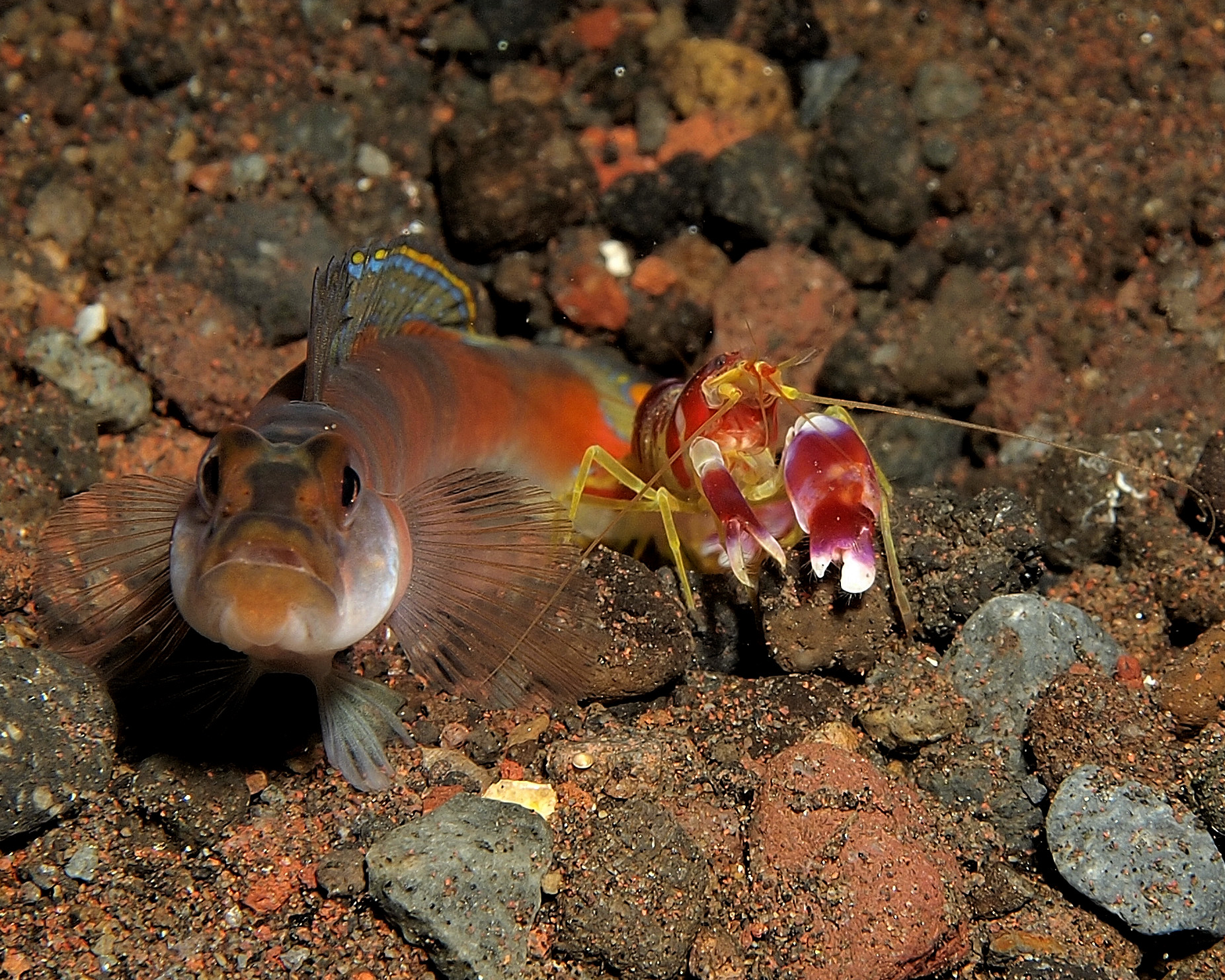|
Bannereus
''Bannereus'' is a genus of Caridea, shrimp in the family (biology), family Alpheidae. Species There are two species recognised in the genus ''Bannerus'': * ''Bannereus anomalus'' Bruce, 1988 * ''Bannereus chani'' Anker & Pachelle, 2020 References Alpheidae {{Caridea-stub ... [...More Info...] [...Related Items...] OR: [Wikipedia] [Google] [Baidu] |
Bannereus Chani
''Bannereus'' is a genus of Caridea, shrimp in the family (biology), family Alpheidae. Species There are two species recognised in the genus ''Bannerus'': * ''Bannereus anomalus'' Bruce, 1988 * ''Bannereus chani'' Anker & Pachelle, 2020 References Alpheidae {{Caridea-stub ... [...More Info...] [...Related Items...] OR: [Wikipedia] [Google] [Baidu] |
Bannereus Anomalus
''Bannereus anomalus'' is a species of shrimp in the family Alpheidae It lives in the Coral Sea at depths of , in association with hexactinellid Hexactinellid sponges are sponges with a skeleton made of four- and/or six-pointed siliceous spicules, often referred to as glass sponges. They are usually classified along with other sponges in the phylum Porifera, but some researchers consi ... sponges. References Alpheidae Crustaceans described in 1988 {{Caridea-stub ... [...More Info...] [...Related Items...] OR: [Wikipedia] [Google] [Baidu] |
Alpheidae
Alpheidae is a family of caridean snapping shrimp, characterized by having asymmetrical claws, the larger of which is typically capable of producing a loud snapping sound. Other common names for animals in the group are pistol shrimp or alpheid shrimp. The family is diverse and worldwide in distribution, consisting of about 1,119 species within 38 or more genera. The two most prominent genera are ''Alpheus'' and ''Synalpheus'', with species numbering well over 250 and 100, respectively. Most snapping shrimp dig burrows and are common inhabitants of coral reefs, submerged seagrass flats, and oyster reefs. While most genera and species are found in tropical and temperate coastal and marine waters, ''Betaeus'' inhabits cold seas and ''Potamalpheops'' is found only in freshwater caves. When in colonies, the snapping shrimp can interfere with sonar and underwater communication. The shrimp are considered a major source of sound in the ocean. Description The "Pistol Shrimp" grows to o ... [...More Info...] [...Related Items...] OR: [Wikipedia] [Google] [Baidu] |
Caridea
The Caridea, commonly known as caridean shrimp or true shrimp, are an infraorder of shrimp within the order Decapoda. This infraorder contains all species of true shrimp. They are found widely around the world in both fresh and salt water. Many other animals with similar names – such as the mud shrimp of Axiidea and the boxer shrimp of Stenopodidea – are not true shrimp, but many have evolved features similar to true shrimp. Biology Carideans are found in every kind of aquatic habitat, with the majority of species being marine. Around a quarter of the described species are found in fresh water, however, including almost all the members of the species-rich family Atyidae and the Palaemonidae subfamily Palaemoninae. They include several commercially important species, such as ''Macrobrachium rosenbergii'', and are found on every continent except Antarctica. The marine species are found at depths to , and from the tropics to the polar regions. In addition to the great variety in ... [...More Info...] [...Related Items...] OR: [Wikipedia] [Google] [Baidu] |
Family (biology)
Family ( la, familia, plural ') is one of the eight major hierarchical taxonomic ranks in Linnaean taxonomy. It is classified between order and genus. A family may be divided into subfamilies, which are intermediate ranks between the ranks of family and genus. The official family names are Latin in origin; however, popular names are often used: for example, walnut trees and hickory trees belong to the family Juglandaceae, but that family is commonly referred to as the "walnut family". What belongs to a family—or if a described family should be recognized at all—are proposed and determined by practicing taxonomists. There are no hard rules for describing or recognizing a family, but in plants, they can be characterized on the basis of both vegetative and reproductive features of plant species. Taxonomists often take different positions about descriptions, and there may be no broad consensus across the scientific community for some time. The publishing of new data and opini ... [...More Info...] [...Related Items...] OR: [Wikipedia] [Google] [Baidu] |

